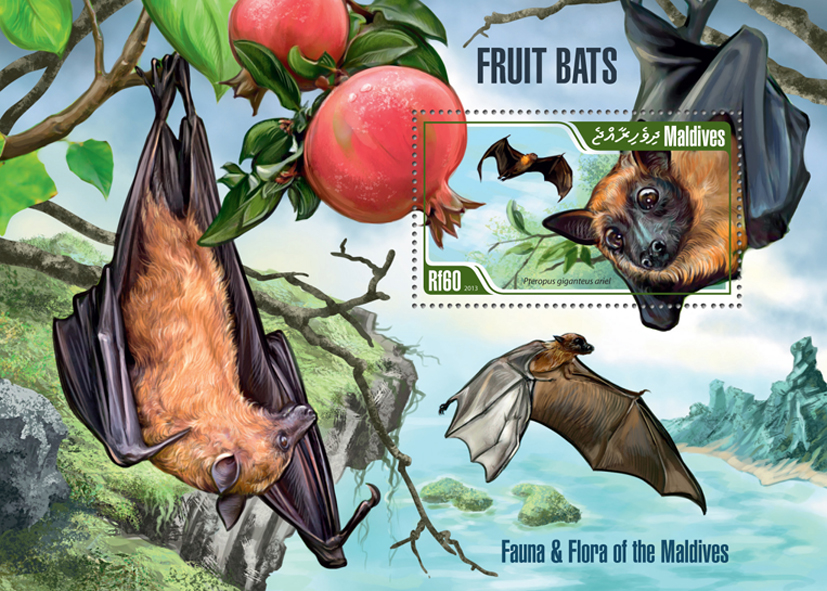A disease that is devastating bat populations in the Eastern United States and Canada may be spreading to Alberta and British Columbia. White-nose syndrome is believed to be caused by Pseudogymnoascus destructans, a fungus that colonizes the skin of bats during hibernation. It’s named for the white fuzz that develops on the muzzle and wings of infected animals. “The irritation caused by the fungus disturbs hibernation and results in the bats using up fat stores before food is available in spring,” says Sam Sharpe, anatomic pathologist with the University of Calgary Faculty of Veterinary Medicine (UCVM). “Eventually the bats starve to death.”
The disease, first detected in New York State in 2006, steadily spread to the Atlantic provinces, Quebec and Ontario. Bat populations are being decimated. To date, white-nose syndrome is associated with the death of some six million bats in North America. This spring, the first case in western North America was found in a bat in Washington state. Sharpe says that means the pathogen defied predictions and apparently jumped right across the continent. “If the disease takes root and spreads as it has done in the East, this now places bats in Alberta and B.C. in direct risk of similar devastation.”
Not much is known about how the disease spreads. It may be transferred by bat-to-bat contact, and, while it’s not a human health risk, the disease may be carried by people, such as climbers and cavers, from one hibernation site to another.
Source: University of Calgary, November 1, 2016
https://www.ucalgary.ca/utoday/issue/2016-11-01/alberta-bats-threatened…

- Login om te reageren
